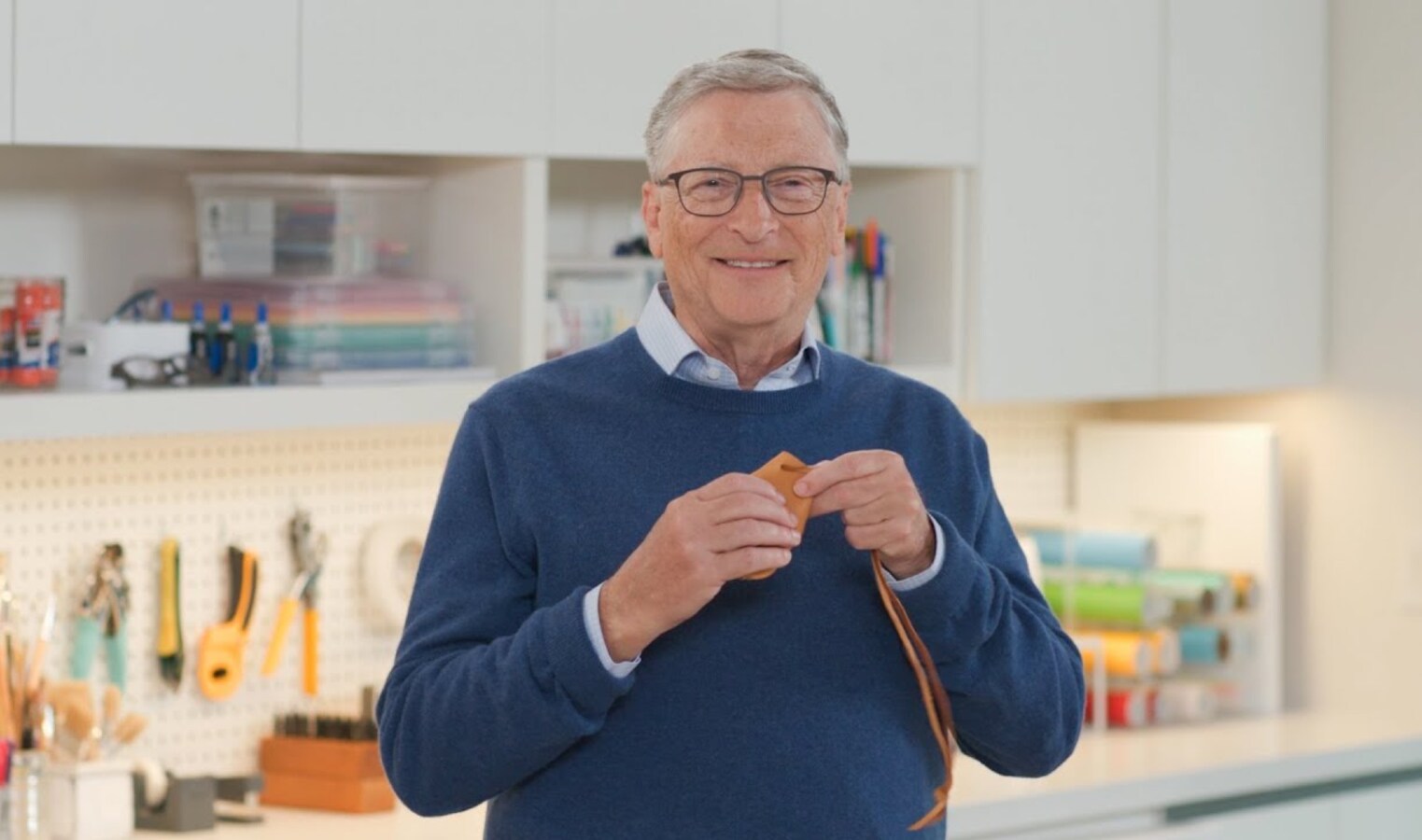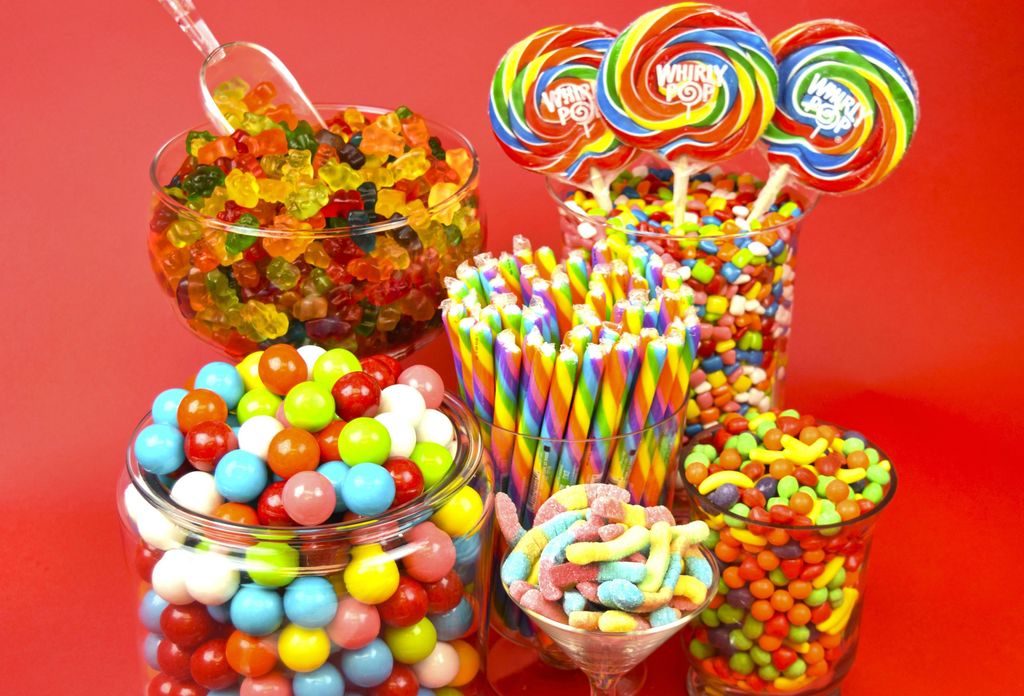
Alright, buckle up, beer fanatics and history buffs! We’re about to take a righteous trip back in time, back to the disco-ball-spinning, bell-bottom-wearing, revolutionary decade that was the 1970s. Forget your modern IPAs and hazy sours for a moment, because this era had a flavor profile all its own. It was a period of wild growth and fascinating changes in the world of suds, a true turning point where the beer scene started to look a lot more like what we know today.
Picture this: the Vietnam War, Watergate, a recession, and the lingering vibes of the swinging sixties – all shaping a new consumer society in the US. This seismic shift didn’t skip the beer market, oh no. Smaller regional breweries were either bought out or simply faded away, making way for the big national players. The economic squeeze meant folks were looking for more affordable options, pushing generic brands into the spotlight. And then, there was the silent revolution of the ‘light’ beer, changing how we thought about cracking open a cold one. While craft beer was still a whispered dream for the late ’70s, national brands like Budweiser, Miller, and Coors were absolutely dominating the game. So, let’s pop the cap on some of these absolute champions that defined the decade!
We’re diving deep into the brews that were the absolute champions of refreshing and the ballgame, kicking off with the heavy hitters and game-changers that set the stage for how America drank beer. These were the brands that weren’t just beverages; they were woven into the cultural fabric, sparking conversations, cementing friendships, and quenching thirsts from coast to coast. Get ready to revisit some old favorites, discover a few forgotten legends, and truly appreciate the golden age of 70s beer.

1. **Miller Lite**
When we talk about game-changers in the 70s beer scene, Miller Lite is undeniably at the top of the list. This wasn’t just another brew; it was a commercial soft drink sensation, introduced nationwide in 1975, and it knew exactly how to grab the attention of beer enthusiasts. Imagine a beer that was light in calorie count and ABV (a respectable 5%), yet still delivered a subtle, pronounced, and utterly solid taste right down to the last drop. That was the magic of Miller Lite.
This revolutionary brew, originally developed by Joseph L. Owades who flipped centuries of brewing tradition on its head, managed to create a full-flavored beer with fewer calories and carbohydrates. While Rheingold Brewery was the first to try this inventive process with Gablinger’s Diet Beer, and Meister Brau followed with Meister Brau Lite, it was Miller Brewing Company that truly nailed it. They bought out Meister Brau’s franchise, reformulated the recipe, and gave us the iconic Miller Lite we still recognize today.
Miller Lite’s success wasn’t just about the taste; it was a masterclass in marketing. Their legendary advertising campaign, famously proclaiming “Tastes great, less filling,” became an instant classic. They even teamed up with tough-guy sports figures like Joe Frazier, making it perfectly cool for anyone, even the “cooler dudes,” to enjoy a lower ABV, less heavy lager. This strategic brilliance propelled Miller Lite to become the second best-selling beer in America, cementing its place as the world’s first successful mainstream light beer. Its release was truly pivotal, paving the way for the myriad of light beers that now dominate the market, with the top three selling beers in the US exclusively being light beers.
Read more about: From Dreamy Encounters to Total Nightmares: Fans Spill the Tea on the Best and Worst Celebrities They’ve Ever Met
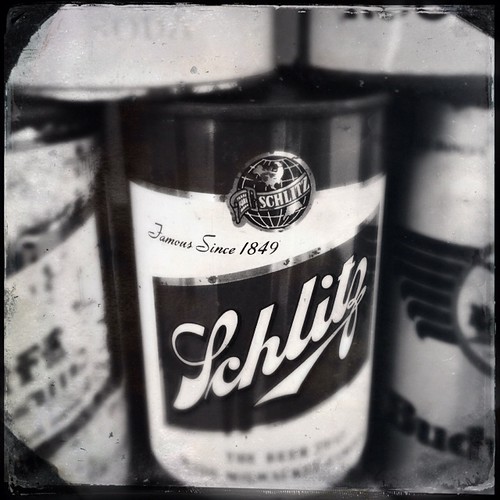
2. **Schlitz**
Before its unfortunate decline, Schlitz was absolutely crushing it in the 1970s, reaching the zenith of its popularity and even earning the title of the most-produced beer in the United States. This old, classic lager, famously known as “The beer that made Milwaukee famous,” was a staple in homes and bars across the nation. It brought a rich blend of light sweetness, corn, and breadiness to the table, creating a solid, crisp, and wonderfully smooth profile that delighted countless palates.
Boasting 4.6% alcohol by volume and 142 calories, Schlitz offered a consistent and reliable experience that resonated with the drinking public. It was the kind of beer that evoked warm memories for many, like an uncle always having a six-pack ready for family get-togethers, perfectly paired with a lazy Sunday afternoon of watching sports. It was a go-to choice, a symbol of consistent quality in a rapidly changing world.
However, like many stories of immense success, Schlitz’s tale took a turn. After the 70s, the beer style underwent a significant change, and unfortunately, its popularity took a nosedive from which the company couldn’t recover to date. A critical change in the brewing process and formula in the late 1970s caused a massive decline in sales. Despite starting the decade as the second biggest brewer in the US, Schlitz ended the 70s dropping a spot and losing over a million barrels a year, a stark reminder of how quickly the market can shift, even for the biggest players.
Read more about: Beyond the Bandit’s Charm: Unearthing the Intricate Life and Lingering Questions Surrounding Burt Reynolds’ Enduring Legacy
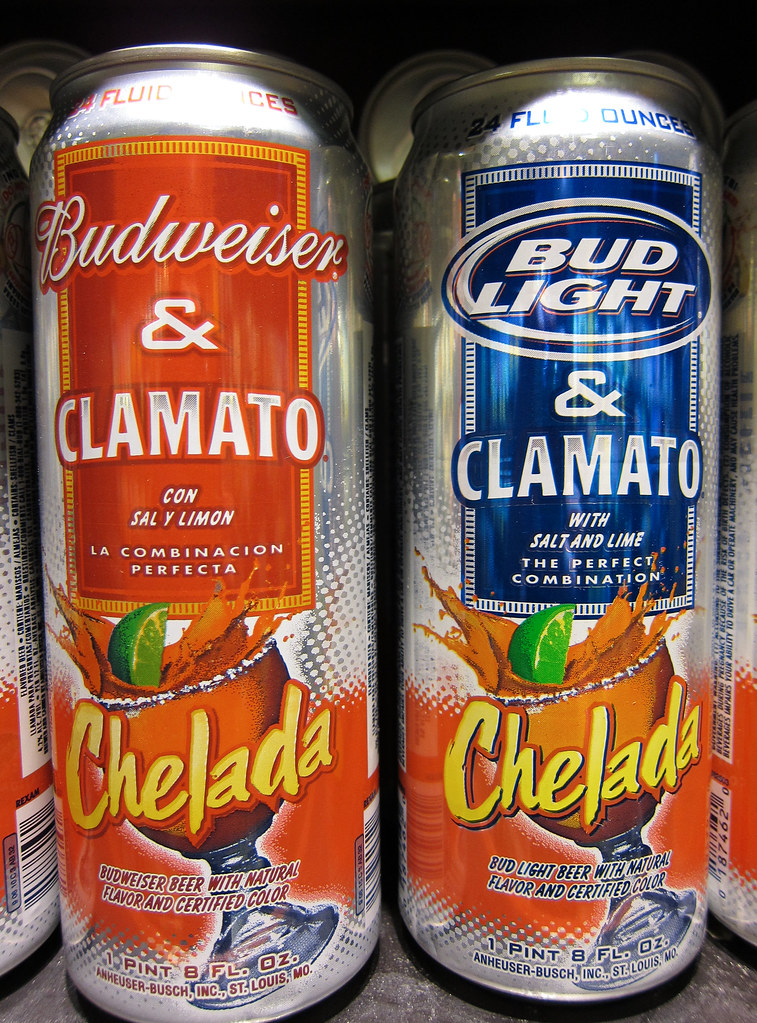
3. **Budweiser**
Ah, Budweiser – the self-proclaimed “King of Beers” and an undeniable American classic that was already a well-established titan by the time the 70s rolled around. This isn’t just a beer; for many, it’s a proud symbol of American influence, globally recognized and deeply ingrained in the culture. Brewed with a rich blend of different hops, barley malt, and fresh rice added to filtered water, Budweiser achieved its distinct bready aroma that made it stand out.
For those looking to elevate their experience, squeezing a slice of lime on top was a popular move, enhancing the drink’s fresh and crisp qualities. Despite the critical opinions of some craft beer lovers who might dismiss it as a mass-produced, bland, rice-based lager, you simply can’t deny Budweiser’s importance. Nearly everyone of drinking age, even globally, has sampled and likely enjoyed a Budweiser at some point. There’s even a legendary tale of August A. Busch III, CEO from 1975, tasting his first five drops of Budweiser just five hours after he was born – talk about dedication!
By 1970, although their profits were facing a dip, the company saw a resurgence with the 1975 appointment of August A. Busch III. He aggressively ramped up marketing, pouring an unprecedented $100 million a year into advertising to combat rising competition, especially from Miller. This included kicking off a 47-year sponsorship of the Super Bowl in 1975 and launching campaigns featuring American sportsmen and blue-collar workers. Combined with a superior transportation network – Budweiser was the first in the US to pasteurize their beer and use refrigerated trucks – you simply couldn’t escape the King of Beers. It fought off challenges from Coors and Miller to proudly remain the number one selling beer in the US, a true icon for a proud patriot grandfather enjoying it after a long day of work, savoring the camaraderie it brought to neighborhood block parties.
Read more about: More Than Just Nostalgia: How 90s Infomercials Shaped a Generation and Found New Life in the Digital Age
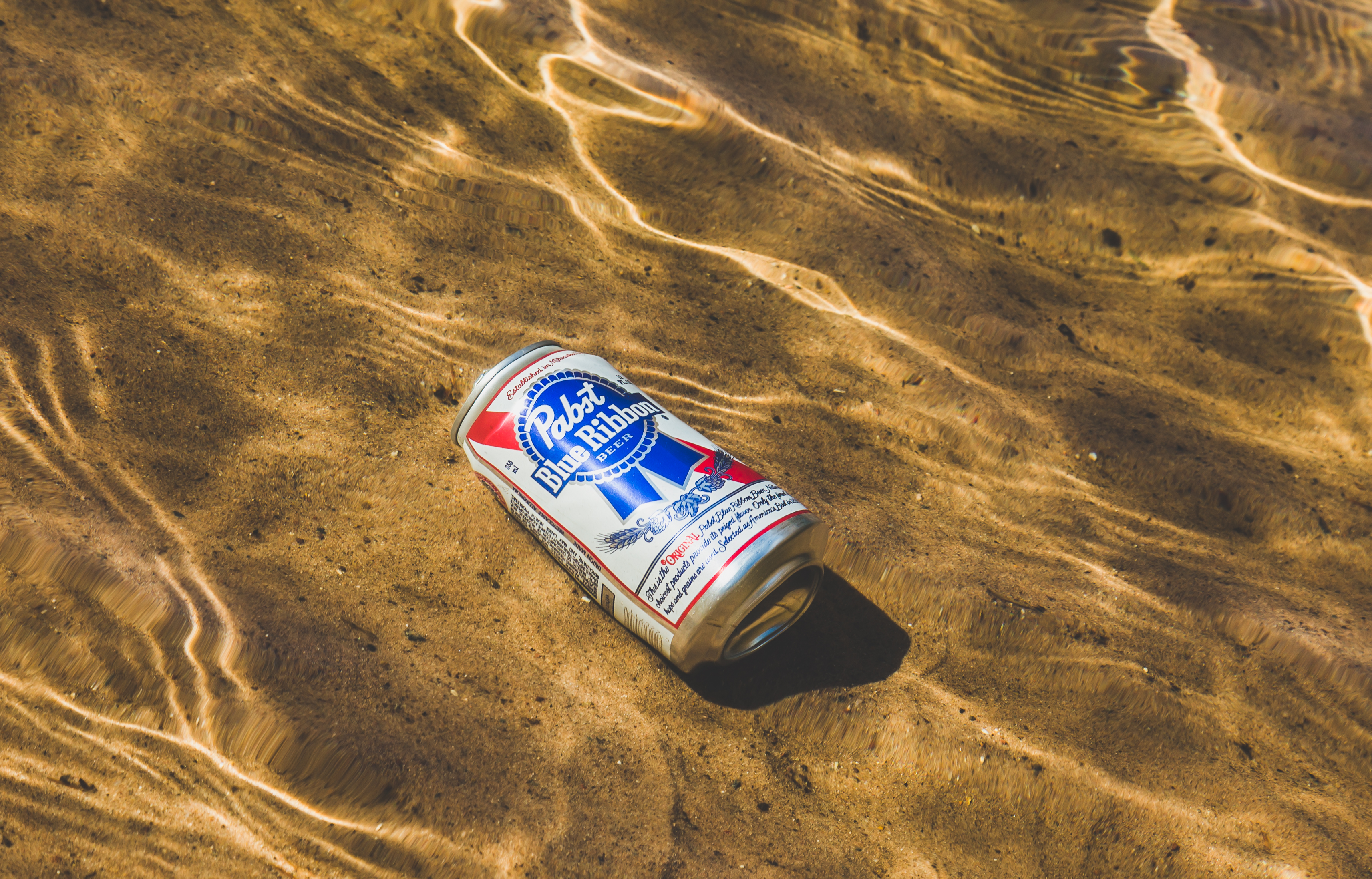
4. **Pabst Blue Ribbon (PBR)**
When you’re talking about the best beers of the 70s, you absolutely *must* include Pabst Blue Ribbon, or PBR as it’s affectionately known. This isn’t just any beer; it’s the known winner of the titular blue ribbon from the 1893 World’s Columbian Exposition, a prestigious honor so iconic that the ribbon has been proudly printed on its can ever since. PBR carved out a special place in the hearts of the working class, not only for its exceptionally good taste and aroma but also for its incredibly low price point, making it one of the most affordable beers of its time.
At its core, PBR keeps it simple and honest, brewed with prime ingredients like Malted Barley, Hops, Yeast, Corn Syrup, and Water. This straightforward approach resulted in a unique drink with only 4.8% ABV, offering a reliably satisfying experience without any pretension. Its distinctive red, white, and blue can design became instantly recognizable, a beacon of no-nonsense quality that resonated with everyday Americans.
And guess what? This old-school legend is still rocking it today, particularly famous among those who appreciate unpretentious, classic drinks. It had a charm that extended beyond just taste and price; it became a symbol. Like a college friend showing up to parties with a case, embracing a ‘hipster before it was cool’ mentality, PBR embodied rebellion and authenticity for many seeking an alternative to the mainstream. It’s a testament to its enduring appeal that it continues to be celebrated for its straightforward character and historical significance.
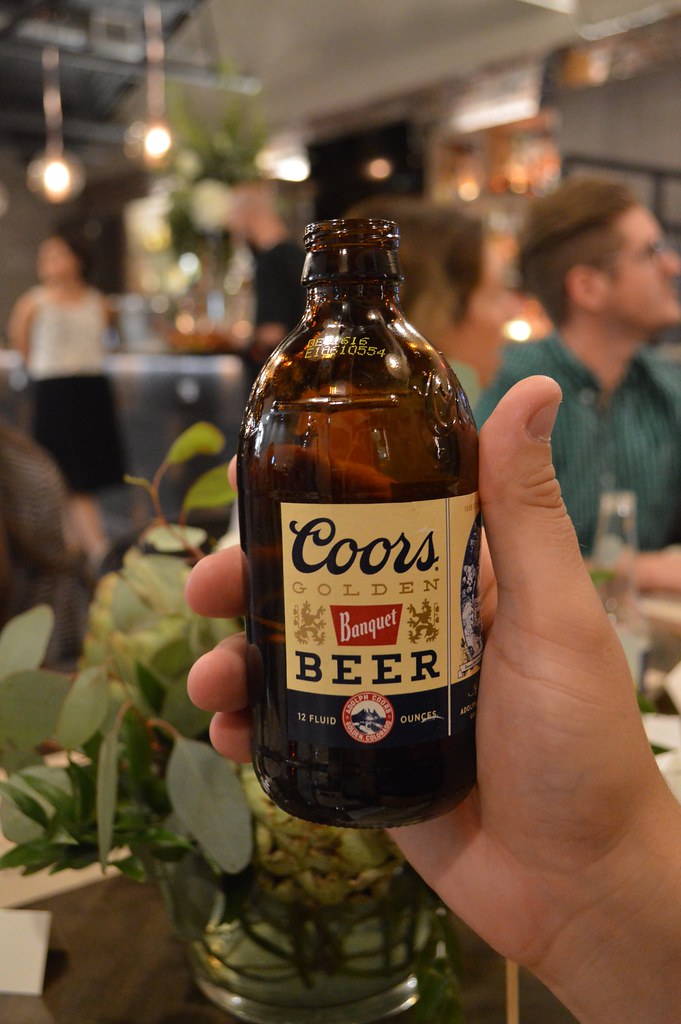
5. **Coors Banquet**
Seriously, when you’re listing the absolute champions of 70s beers, you simply cannot, under any circumstances, skip Coors Banquet. This golden brew, crafted by Coors, became a legend in its own right, not just for its taste but for the mystique that surrounded it. Imagine a beer that was so coveted, it actually sparked a black market! Folks on the East Coast were practically salivating over cans of Coors Banquet, smuggling cases home like they were precious artifacts.
What made it so special? Well, it wasn’t necessarily that it was *objectively* better than other rice-adjunct lagers of the era, but rather its sheer rarity. Coors Banquet was only distributed in a mere 13 of the western US states. Despite boasting the largest single brewing facility in the world (the first Coors Brewery in Golden, Colorado), Coors claimed they simply couldn’t produce enough to meet the surging demand. Plus, their brew was unpasteurized, meaning it absolutely *had* to be transported in refrigerated trucks, adding another layer to its exclusive aura.
This scarcity created a unique mystique, turning Coors Banquet into a highly sought-after commodity. It even hit peak fame with the 1977 release of the legendary film “Smokey and The Bandit,” where Burt Reynolds’ character risked life and limb to smuggle crates of Coors back to Georgia. The interest was so intense that in 1977, Coors even ran an ad in the Washington Post, urging customers *not* to buy their beers in the area, fearing mishandling would make the beer “watery.” Eventually, a nationwide distribution deal was signed in the mid-1980s, reaching all 50 states by 1991. The impact was so significant that Coors also introduced a light version, Coors Light, in 1978, affectionately known as the “silver bullet,” which eventually surpassed the original. It was the ideal choice for a hot summer day, proudly served by a neighbor at a backyard barbecue.
Read more about: Cracking Open Summer: Our Top 13 Picks for Refreshing, Budget-Friendly Beers
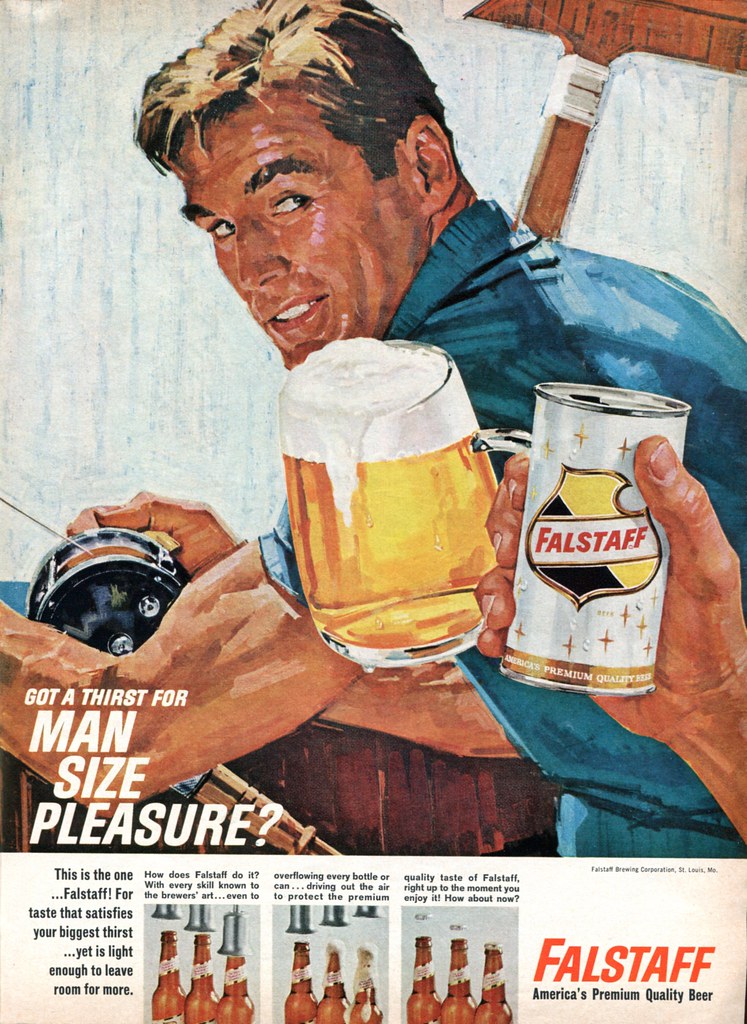
6. **Falstaff**
And here we have Falstaff, a brew that, while not as widely recognized today, certainly had its moment in the sun during the 1970s. This vegan-friendly beer, though introduced earlier, soared in popularity during the mid-decade, becoming a notable presence before facing an unfortunate, sudden fall. Falstaff brought a mild and light flavor profile to the table, characterized by a nuanced sweetness and a comforting malt richness that resonated with many drinkers.
With a modest 4.1% ABV, Falstaff perfectly fit the 70s trend of lighter-profile beers, boasting both a low alcohol content and a lower calorie count. It was a beer that shone brightly in an era where consumers were increasingly looking for lighter options that still delivered a satisfying taste. It was the kind of beer that fueled late-night laughter and shared stories at local dive bars, evoking a charming sense of nostalgia for those who remember its heyday.
Interestingly, Falstaff also played a role in one of the most unique beer phenomena of the decade: generic beer. When Falstaff Breweries were acquired by the S&P group, a phase of cost-cutting ensued. This led to the production of a generic beer simply called “BEER,” which was brewed by Falstaff. The concept of a cheaper beer with a plain can, devoid of expensive marketing, perfectly aligned with the cost-cutting ideal, and they even produced a “BEER LITE” to keep up with the trends. Falstaff, in its various forms, definitely left its mark on the evolving beer landscape of the 70s.
Read more about: Christoph Waltz: Tracing the Path of an Austrian Actor’s Rise to International Acclaim and Cinematic Distinction

7. **Miller High Life**
Let’s raise a toast to another absolute champion from the 70s: Miller High Life. This iconic brew wasn’t just popular; it enjoyed immense popularity throughout the decade, earning its beloved nickname, “The Champagne of Beers.” And honestly, who could argue with that? Its slogan perfectly captured the imagination of countless beer enthusiasts, symbolizing a certain celebratory spirit that infused everyday moments with a touch of class.
Miller High Life delivered a crisp and wonderfully refreshing taste that made it a favorite choice for many. It was the kind of beer that brought people together, sparking fond memories of friends gathering at the local bar, clinking their bottles together to celebrate life’s little victories. My own father, for instance, would often reminisce about those good old days, highlighting the camaraderie and simple joys that came with sharing a Miller High Life.
As a flagship offering from the Miller Brewing Company, High Life was a testament to the brewery’s unwavering commitment to brewing excellence. Along with Miller Lite, it showcased the company’s ability to offer a range of quality beers that catered to diverse palates. Its full-bodied yet smooth character made it a trusted brand, a go-to option for those seeking a reliably delicious and celebratory brew that truly stood the test of time and taste throughout the iconic 1970s. It was more than just a drink; it was a part of the vibrant social tapestry of the era, an instant classic that continues to evoke a sense of nostalgia for the golden age of American beer.
Alright, let’s keep this awesome beer journey through the 70s rolling! We’ve toasted the big national players and the pioneers of ‘lite’ brews, but trust me, there’s even more bubbling beneath the surface. Now, we’re diving into some other beloved regional heroes, uncovering the wild phenomenon of ‘generic’ beer, and then, get ready for it, because we’re glimpsing the rebellious sparks that ignited the craft beer revolution by the decade’s end. This is where things get really interesting, folks!
Read more about: From Dreamy Encounters to Total Nightmares: Fans Spill the Tea on the Best and Worst Celebrities They’ve Ever Met
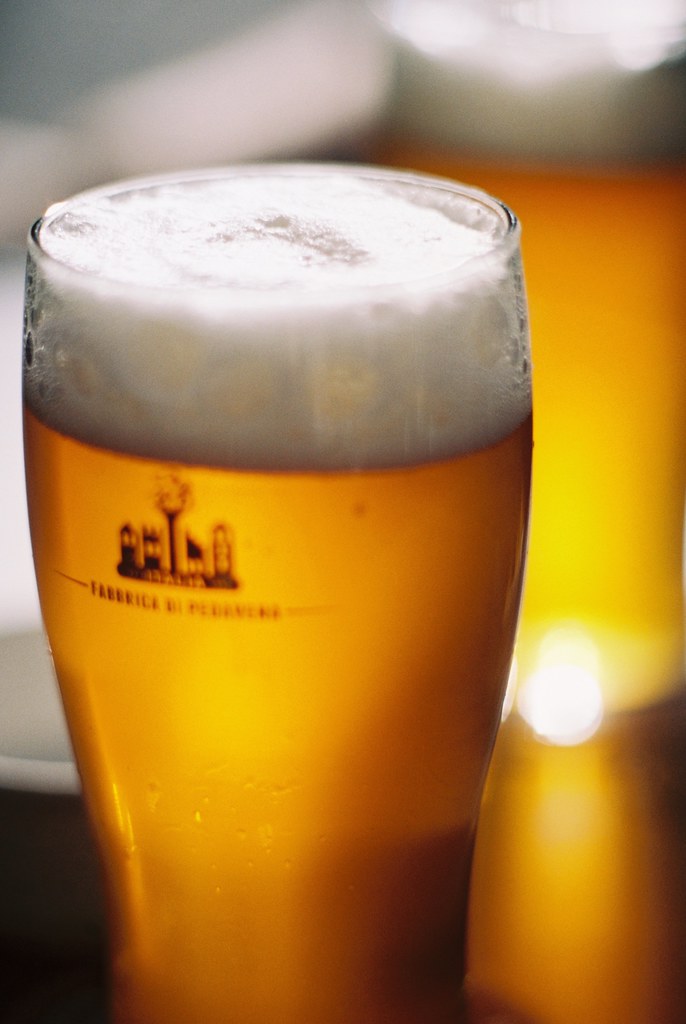
8. **Rheingold**
Though it might not be the first name that pops into everyone’s head today, Rheingold Beer had its glorious moment, truly hitting its stride in the mid-1970s. This wasn’t just another brew; beer lovers of the era claimed it was the ultimate choice when you wanted the thrill and enjoyment of more than one drink, all packed into a single, satisfying experience. Talk about getting your money’s worth!
What made Rheingold so unique? It was truly one of a kind, delivering a fascinating blend of cream, hop, and a distinctive bitterness in every single sip. Beyond that, you’d pick up lovely notes of malts, and a subtle aroma of straws that lingered, making each glass a memorable encounter right down to the very last drop. It was a beer that genuinely knew how to make an impression.
However, not everyone was singing its praises without a caveat. Some discerning palates did claim that the drink had a tendency to feel a bit too dry, which just goes to show you that taste is always a wonderfully subjective adventure. Despite any minor criticisms, Rheingold remained a celebrated regional player, especially clinging on with fierce loyalty in the bustling New York area for much of the decade.
Read more about: Christoph von Dohnanyi, Maestro of Meticulous Artistry and Cleveland Orchestra’s Transformative Leader, Dies at 95
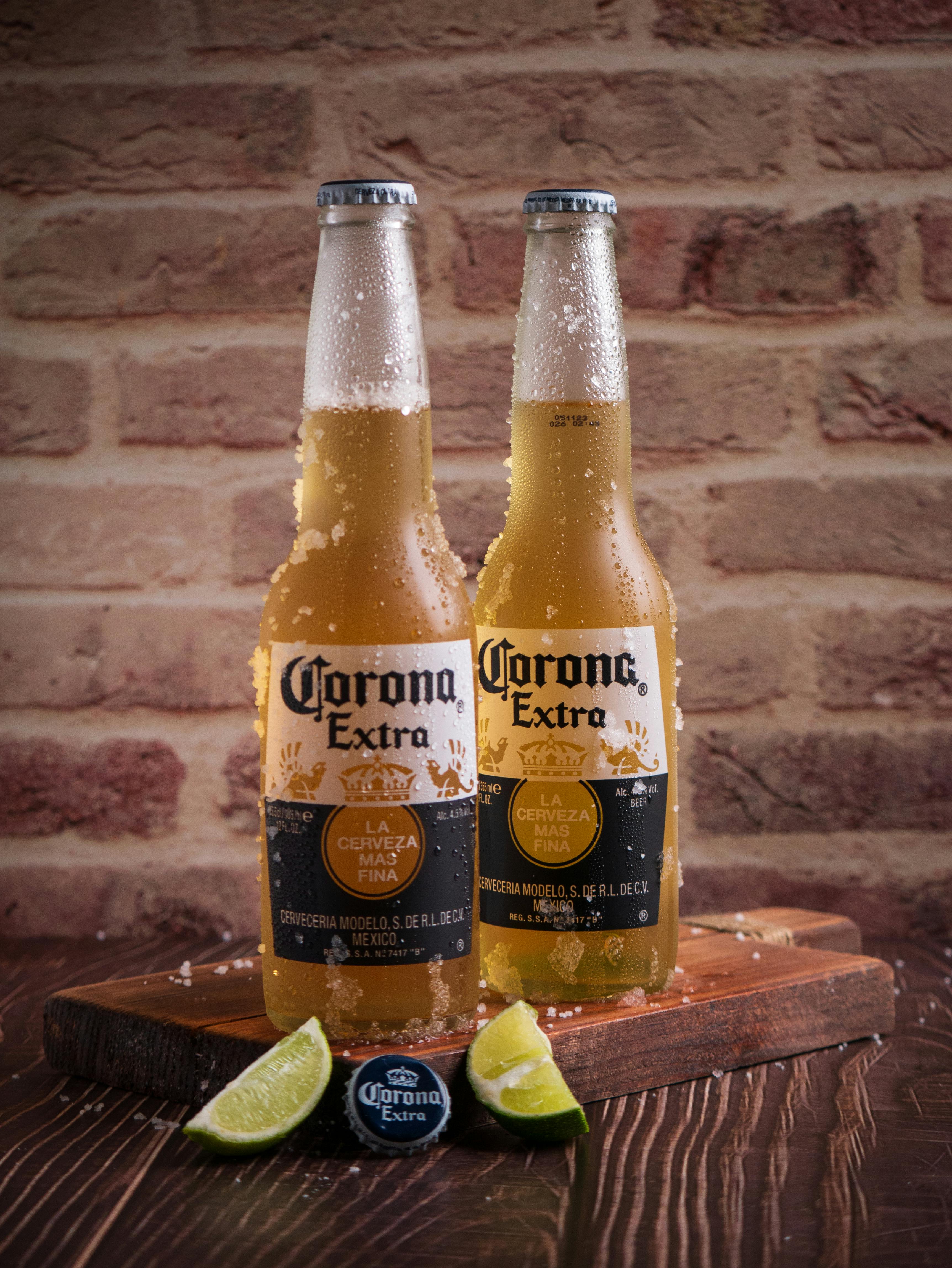
9. **Corona Beer**
Now, before you think of today’s ubiquitous lime-wedge ritual, let’s talk about Corona Beer’s intriguing journey! While this iconic Mexican lager was actually birthed way back in the early 1920s, it really began to capture hearts and minds in the United States during the 1970s and 80s. So, for anyone recounting the defining brews of this groovy decade, Corona absolutely deserves a spot on the list, hands down.
When it comes to pure refreshment, Corona Beer was, and arguably still is, one of the most clean and crisp beers you could ever lay your tastebuds on. It offered a remarkably clear and bright profile that was a welcome change for many, especially as American palates were beginning to truly appreciate lighter, more refreshing styles of beer. It just hit different, in the best possible way.
The magic behind its invigorating character? A thoughtful combination of prime ingredients, including Yeast, Barley Malt, Hops, Antioxidants, and Corn. Plus, fitting right into the 70s trend of lighter options, Corona boasted a lower calorie count and a moderate ABV, making it an incredibly accessible and immensely enjoyable choice for countless beer enthusiasts then, just as it is now.
Read more about: Kris Kristofferson: A Profound Legacy of Song and Screen, Explored Through a Life Well-Lived
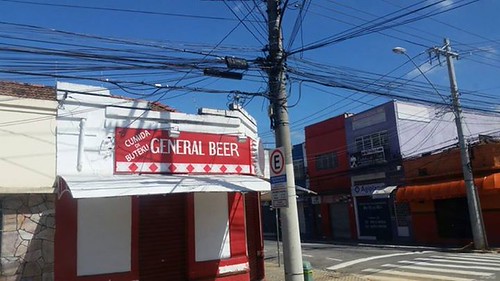
10. **Generic BEER**
Alright, prepare for a fascinating, slightly wild chapter in 70s beer history: the rise of “Generic BEER”! Picture this: the mid-70s were a time of high interest rates and persistent inflation, which meant that folks across America were seriously on the hunt for ways to save a buck. Enter generic products, which had already become hugely popular in supermarkets, from beans to pasta, as a smart way to stretch household budgets. So, why not beer, right?
While many supermarkets eventually dipped their toes into producing their own private-label beer brands, perhaps the most iconic generic brew of all was one simply, boldly, and unforgettably called “BEER.” This marvel was proudly produced by the S&P group and brewed by none other than Falstaff Breweries, which had just been snapped up by S&P’s parent company and was in full-on cost-cutting mode.
The genius of “BEER” was its sheer simplicity and affordability. The idea was to sell a cheaper beer in a plain can, completely stripped of any expensive marketing frills, and simply labeled with its undeniable identity: “BEER.” This minimalist approach perfectly aligned with the cost-cutting ideal of the era, and get this, they even produced a “BEER LITE” to ride the wave of the blossoming light beer trend. There’s even a fun mystery surrounding its exact formula, with many drinkers guessing it was whatever delicious concoction was leftover from various brewery batches, meaning you might sometimes be sipping a Ballantine’s or even a Falstaff!
Eventually, like many fleeting trends, generic products began to fall out of favor with consumers. People, it turns out, just love a good label, especially as we headed towards the burgeoning craft beer scene where a beer bottle’s label is practically a work of art, telling you all about its region and its beloved craft brewery. But for a shining, thrifty moment, “Generic BEER” was a true champion of the working-class wallet.
Read more about: Aldi’s German Week 2025: Your Ultimate Guide to 15 Must-Try Authentic German Foods
11. **Anchor Beers**
Now, let’s talk about the absolute bedrock of the craft beer revolution, the unsung hero that lit the fuse for everything we love today: Anchor Beers. Though the phrase “craft beer” hadn’t even entered our lexicon yet, the “Fritz” Maytag III era, which kicked off in the late 1960s, gave us the first non-industrial beer bottled post-Prohibition in 1971. It’s truly often said that the phenomenal success of Anchor Steam beer was the spark that ignited the explosion of independent brewers that would sweep the nation towards the end of the 70s and into the fabulous 80s.
Let’s unravel the legend of Anchor Steam: it’s believed to be named after an incredible, age-old tradition of fermenting beer right on the rooftop of the brewery! Why, you ask? Because of a clever workaround for a lack of cooling equipment or ice back in the day. The “steam” actually referred to the warm vapor of fermentation rising from the rooftops on those chilly San Francisco nights – how cool is that? Even today, while not outdoors, Anchor Steam Beer is still open-fermented in the brewery, keeping that traditional ale style gloriously alive.
But Anchor’s innovations didn’t stop there. Throughout the 70s, this pioneering brewery was responsible for churning out many of the very first American versions of now-popular beer styles. We’re talking about the groundbreaking Anchor Porter in 1973, America’s first porter! Then came Old Foghorn Ale in 1974, a barleywine that pushed boundaries, and the very first Christmas Ale in 1975. And here’s a mind-blower: Fritz Maytag was also the first in the US to introduce dry-hopping to the pale ale style with Liberty Ale in 1975, a revolutionary idea at the time, inspired by old texts about how IPAs were made by aging beer over hops in a mesh bag during secondary fermentation. Pure genius!
This legendary brew started its journey with a limited supply, initially offered on draft in just thirty local establishments. But as word spread about its unique, robust character, it quickly found its way into bottles, initially sold in convenient four-packs to rival the price of traditional mainstream six-packs. Production absolutely soared, from a modest 800 barrels in 1969 to an impressive 2,100 barrels by 1972. Despite its limited availability, the mystique and quality of Anchor Steam grew, and by the close of the 70s, it had deservedly achieved national recognition, proving that quality and innovation would always find their audience.
Read more about: Rewind to Reconsider: 10 Classic Comedies That Would Never Get Greenlit in Today’s Hollywood
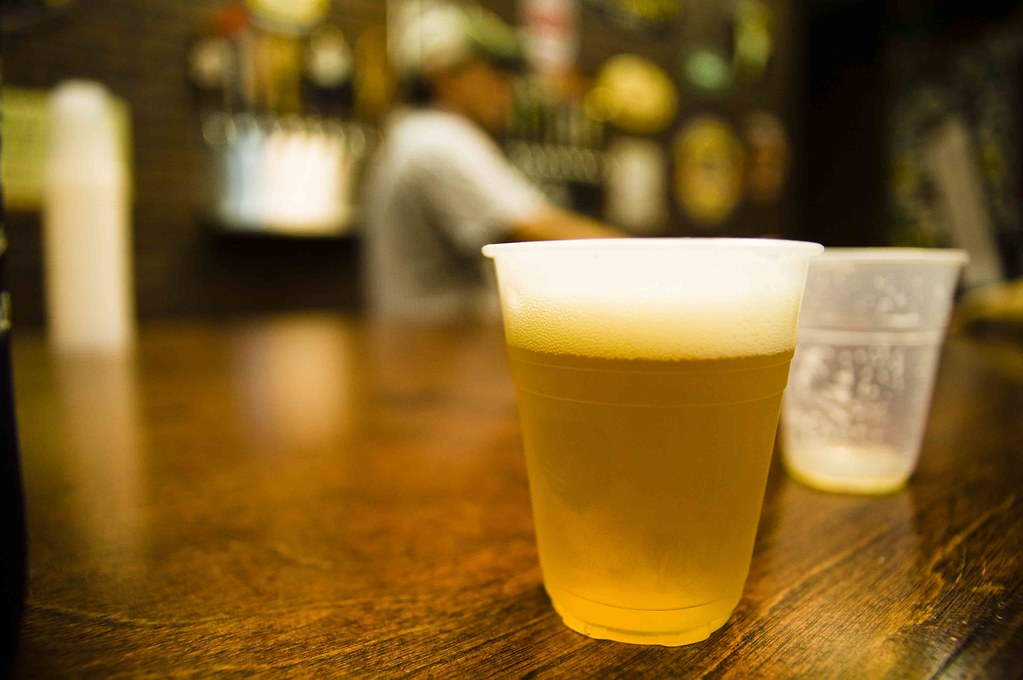
12. **New Albion Brewing Company**
If Anchor lit the fuse, then the New Albion Brewing Company was the actual explosion, often hailed as America’s very first craft beer brewery and widely acknowledged as the nation’s inaugural microbrewery of the modern era. While it certainly drew inspiration from the pioneering ales of Anchor Brewing, many argue with conviction that without the bold vision of New Albion, we simply wouldn’t have the beloved giants of today, like the magnificent Sierra Nevada Brewing Co. In fact, as a heartwarming tribute to the immense influence of Jack McAuliffe, New Albion’s founder, Sierra Nevada even released “Jack & Kens Ale” for their 30th-anniversary celebrations.
It’s an incredibly ironic twist of fate: in 1977, as Budweiser was popping champagne corks for its grand 100-year anniversary, the New Albion Brewing Company was quietly, yet powerfully, kickstarting the craft beer revolution. They launched with a trio of game-changing beers: a pale ale, a porter, and a stout, proving that there was a hungry market for brews beyond the mass-produced lagers of the day. This was a true David and Goliath moment, showcasing the spirit of innovation.
Unfortunately, the journey for New Albion was incredibly tough. With precious little funding for promotion and absolutely no established distribution network to lean on, the company tragically went out of business in 1982. Their incredible beers remained a well-kept secret for many, almost mythical, but their profound influence on the nascent craft beer movement reached far and wide, inspiring countless aspiring brewers to follow their passionate hearts.
Jack McAuliffe, a former sailor, crafted the original Albion Ale with malt sourced from the nearby pioneering Anchor brewery, using Cluster and Cascade hops to meticulously recreate the vibrant flavors of the beers he’d encountered on his many thrilling trips overseas. It was an ambitious undertaking! While some critics pointed to inconsistency as the brew’s biggest hurdle—claiming that “when it was good it was wonderful, but, unfortunately, it wasn’t always at its best!”—its legacy is undeniable. And here’s some fantastic news for us lucky beer lovers who missed out the first time: the Boston Beer Company (yes, Sam Adams!) is honoring the man they affectionately call the “father of microbrewing” by re-releasing his original New Albion Ale. They’ve even managed to coax McAuliffe out of his well-deserved self-imposed obscurity to ensure they perfectly follow his original recipe, with all proceeds heroically going to his daughter, Rene Deluca, in hopes she can reestablish the brand for the long haul. How’s that for a comeback story?
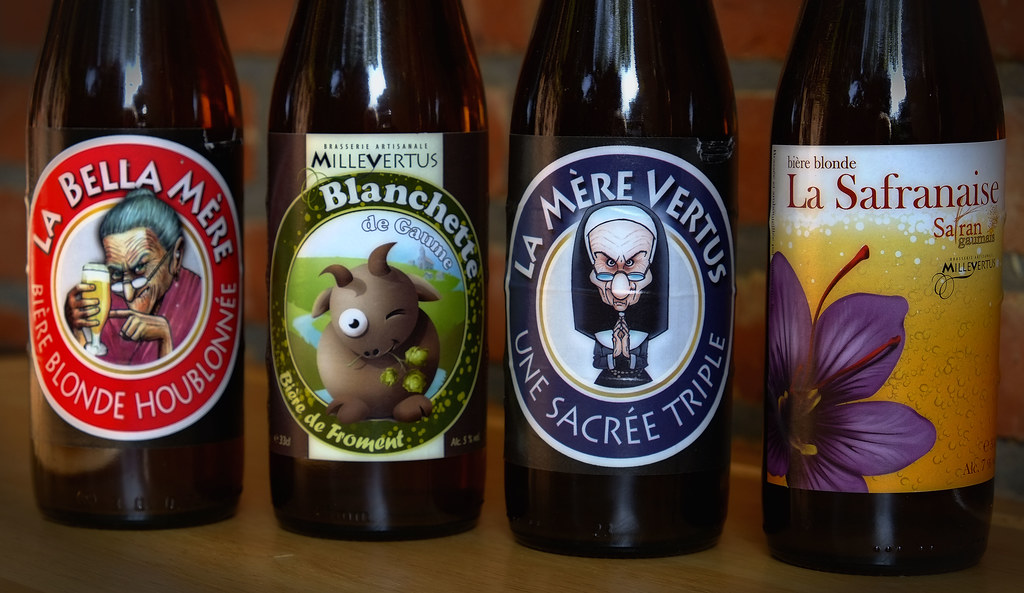
13. **Regional Beers (The Unsung Heroes)**
While the behemoths of national brewing absolutely dominated the airwaves and supermarket aisles in the 70s, let’s not forget the scrappy, beloved regional brewers who valiantly held their ground. Depending on which state you called home, your choice of beer at the local watering hole was gloriously more varied, offering a delightful taste of local pride and tradition. These were the unsung heroes of the brewing world, fighting for their corner against the swelling tide of national brands.
Take the New York area, for instance, where iconic beers like Rheingold and Schaefer fiercely hung on. You might remember the ever-popular beauty contest, Miss Rheingold, a true institution! But alas, it’s almost hard to believe now that both of New York’s best-selling beers of the 70s tragically closed up shop pretty close together in the mid-decade, succumbing to the relentless, emerging dominance of the national giants. Narragansett, too, remained a popular choice in its New England stronghold.
Head further west to the Pacific Northwest, and beers from the Olympia Brewing Company reigned supreme for much of the 70s. This brewing powerhouse had acquired other regional favorites we’ve covered in past posts, like Hamm’s and Lone Star. They also brewed Buckhorn Beer, a rival to Texas’s Lone Star, and, of course, their ubiquitous flagship, Olympia beer. And get this: the legendary 70s daredevil Evel Knievel himself was sponsored by Olympia beer! In a truly audacious move to take Olympia nationwide, they even stitched “Olympia Beer” patches onto the parachutes attached to his dragster. Talk about high-flying marketing!
Unfortunately, even well-known regional players like Schlitz, Stroh’s, and Pabst found it increasingly difficult to compete head-on with the massive marketing muscle and sprawling distribution networks of the major national brewing conglomerates, many of whom were rapidly going global. The Joseph Schlitz Brewing Company, for example, started the decade as the second-biggest brewer in the US but ended it dropping a place and losing over a million barrels a year, while the top two producers just kept getting bigger. A relentless series of acquisitions and mergers of these smaller breweries meant that, sadly, there were fewer varieties of distinct ales available. Often, what you thought of as a beloved “local” beer was actually being produced hundreds, if not thousands, of miles away, blurring the lines of true regional identity.
So there you have it, beer aficionados! The 1970s truly were a whirlwind for the world of suds, a decade of monumental shifts and unexpected turns. While it was undoubtedly a tough era for the independent brewing companies, battling against the ever-growing dominance of national giants, it was also a period of remarkable innovation and burgeoning rebellion. From the simple, cost-effective charm of ‘Generic BEER’ to the groundbreaking work of Anchor Brewing and the pioneering spirit of the New Albion Brewing Company, these were the early tremors of a craft beer earthquake that would forever change how we drink. The smaller brewers and the unique qualities we loved might have faced immense pressure, but these brave trailblazers gave us hope, laying the crucial groundwork for the glorious craft beer explosion that was just around the corner in the ’80s and ’90s. Get ready, because the next leg of our journey through beer history is going to be one wild, hoppy ride!

